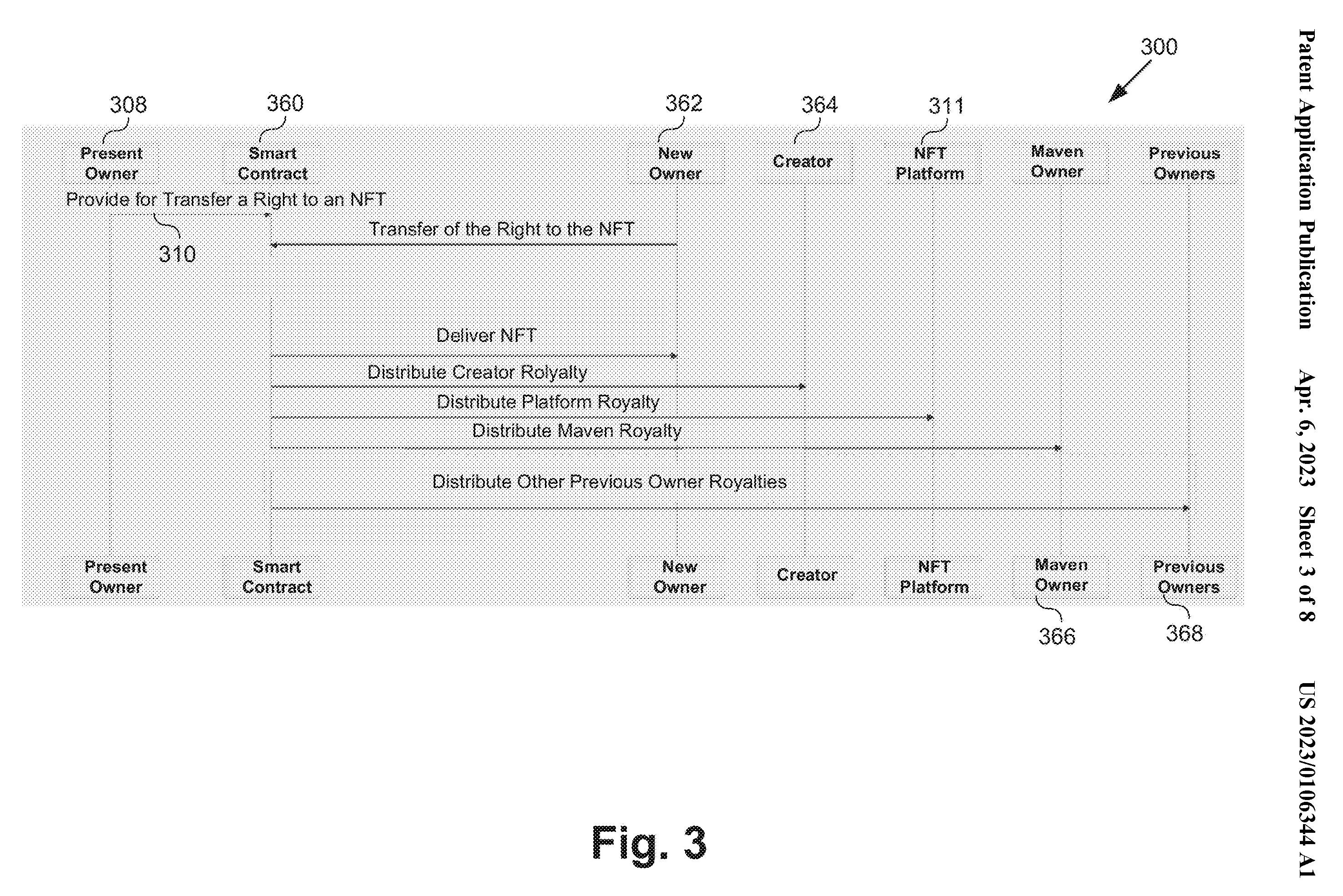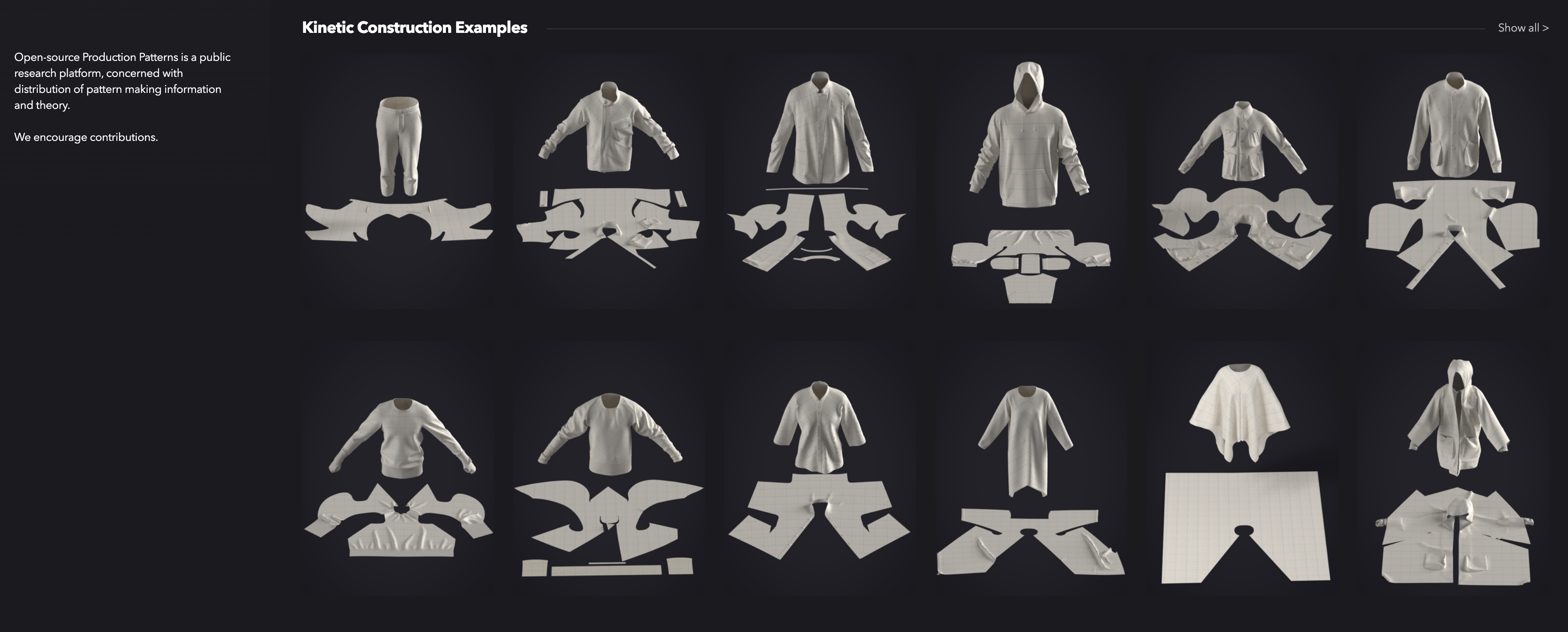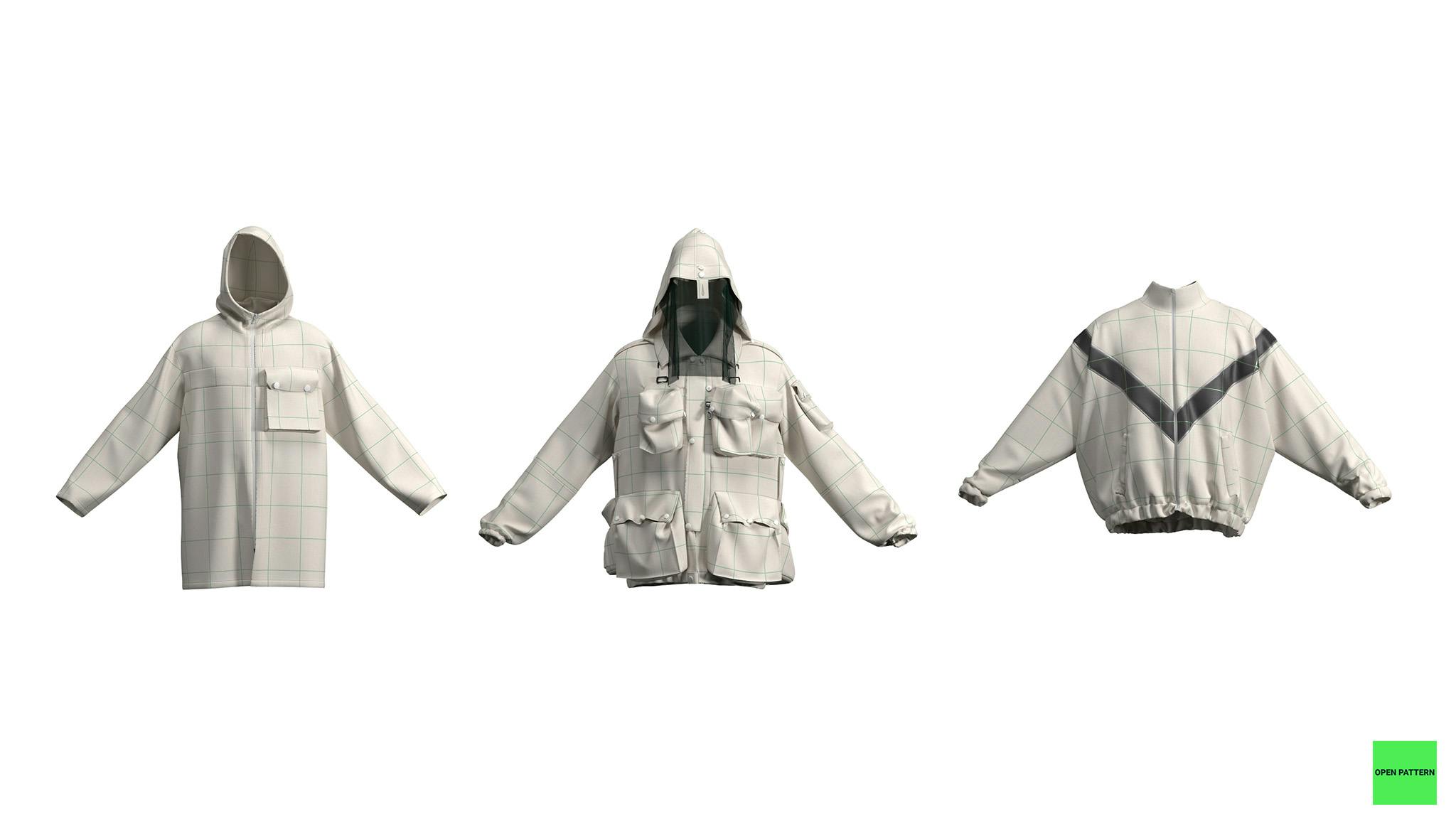The creator economy is at an inflection point as technology unlocks new opportunities for creators. Intellectual property on the blockchain will play a pivotal role in how we create, use and monetize ideas.
The blockchain enables creator provenance by bringing visibility to everything we create digitally and physically. This unlocks several opportunities for the evolution of the multiplayer economy:
-
Transparency into who creates, uses, or remixes a creative asset, with full visibility into provenance
-
Attribution of ownership for programmable revenue sharing that is provable, conditional and enforceable
-
Acceleration of creativity through increased access to remixing and collaborating on top of creator assets
Imagine if creators had undeniable proof of ownership attributed to each one of their works so that if a piece were to be unfairly appropriated by a large brand, the creator could automatically receive a portion of royalties according to the degree of similarity between the copy and the original.
We have the lightning speed and openness of the internet, yet ownership and monetization layers are lightyears behind. Most intellectual property licensing systems are slow, manual and opaque. Just look at how the music industry fights over a single beat for copyright attribution—this could all be solved with the right tools and incentives.
Existing IP frameworks are restrictive and opaque with an extensive approval process that is cost-prohibitive for emerging creators. Furthermore, the non-exclusive nature of IP discourages creativity, forcing creators to be overprotective and defensive of their IP lest they lose their edge.
There should be no reason why creators can’t just plug into each others’ creativity for inspiration, produce new works, and share revenue automagically through verifiable ownership of their IP.

Increased visibility and traceability of IP
The blockchain gives a new layer of permanence to the internet like the printing press gave a method of distribution of information. When a creator places their work on the blockchain, that asset cannot be altered or deleted and is fully traceable throughout its entire history. This tamper-proof, time-stamped record of IP is not just valuable for full accountability into transactions but also for other creators to source inspiration from.
The traditional IP approval process is costly and time-consuming, often out of reach for most creators, forcing them to develop vital aspects of their IP in secret (such as patternmaking techniques in fashion) to retain their competitive edge and guard against IP appropriation. While IP is not yet legally recognized on the blockchain as it does not “confer legal or copyright ownership of the digital or physical items associated with the NFT” unless explicitly granted, the blockchain itself is a valuable tool for bringing visibility to ownership, especially in digital fashion.
Early primitives are emerging that will help pave the way for monetization of IP via the blockchain. Disney’s patent for transferring ownership of physical objects and digital counterparts using NFTs provides insight into the verification of ownership of assets. The EU has provisionally approved a digital passport for products, which, although initially aimed at traceability in sustainability data, we believe could also be used to house IP records in the future.
Attribution of ownership for revenue sharing
Appropriation of IP can be greatly reduced by utilizing the blockchain for tracking of attribution and usage. By recording proof of ownership on a neutral public ledger, licensing agreements are more readily enforceable. Once a creator’s work is published, any use of that work can be traced back to the owner. In the patent application below, Disney demonstrates the distribution of funds to users along the value chain, including previous owners of an NFT.

Smart contracts can be leveraged to automatically execute certain legal events, simplifying the licensing and enforcement process to provide streamlined opportunities for revenue sharing in which creators can collaborate seamlessly with other creators, brands, or producers. If a brand uses a creator’s asset to produce a product, a percentage of revenue from every sale of that product can be redirected back to the creator. Collectors would be able to see all contributors in the product value chain and how much they were compensated.
Acceleration of creativity through increased access
The open nature of creativity and the restrictiveness of copyright law are inherently at odds with each other. Such protective laws are a relatively recent phenomenon in human history while the process of open creation has spanned across centuries, but it is arguably a necessary step forward for the monetization of talent.
Increased efficiency in revenue sharing will enable creativity to scale by encouraging artists to remix and reuse content freely without fear of legal repercussions. Creators can start to see they are “all tapping into a shared collective bank of ideas,” as Wes, artist and former contributor at MetaFactory, describes the creative act in a recent interview with Crowdmuse;
“I know how much of what I do is influenced by things that came before, that all of us are standing on the shoulders of giants. And those giants are our collective history as humans that have moved all over the globe, but also you can trace things very specifically to cultures, geographies, time periods.”
The most interesting part, Wes explains, is being able to track the influence and see where creative expression adds value in society.
With increased visibility into the origin of an asset’s influence, artists will be able to remix much quicker, leveraging trends to gain exposure and traction much like memes. Social media platforms such as TikTok and Instagram have already employed this concept with remixing of videos, but with attribution of ownership, an additional layer of monetization and revenue sharing exists for creators.
Rickard Lindqvist, Founder of aindustri and atacac has brought co-creation to fashion with his Open-source Production Patterns project (OSPP). This aims to freely distribute pattern-making knowledge and theory to fashion creators to better scale creativity.

IP NFTs in Fashion and beyond
Similar to music co-creation, a fashion designer can upload their intellectual property to the blockchain and earn revenue whenever that design is used in a product. A brand can release an NFT matched with the physical product as a unique limited edition drop, and whenever a collector purchases that NFT, revenues are automatically split between the designer, brand and supplier. Furthermore, any other creators can leverage this design to create work of their own and attribute royalties to the original designer.

An example of this is Hugh Clarke’s open pattern library, from which his Swiss M70 Field Jacket and Pants pattern utilized for the MF70 Surveillance Suit and has been remixed by a number of creators, such as Kutur // dita.var and TheRender. And his US Physical Training Reflective Windbreaker CLO 3D Pattern pattern used by 3DCG designer Clthen.
The concept of IP as composable lego blocks has been explored in web2 using upfront pricing models across art, gaming and fashion with Artstation, Behance and Clo-connect. Onchain revenue models unlock access to IP for independent creators, with early experimentation in selected verticals, such as Arpeggi’s Kits and Royal’s Sonic for music.
Crowdmuse presented this concept alongside Rickard Lindqvist and Wes Chmielinski at PI Apparel Milan in April 2023. For the entire presentation click here (check speaker notes for more information on the slides) and thread.
In a world where digital assets can be used in the physical, augmented, and virtual worlds, creators can focus on creating unique products and experiences for their fans. Their creative IP can then be monetized through new products via co-creation and IP licensing. This model was implemented by Crowdmuse in the licensing of Reza Hasni’s “Wheel of Internet” in Liqhtworks’ “For the Time Being (2024)”, a short film about an AI token that learns to trade itself. The film was made in Unreal Engine and references multiple IP’s from the author’s NFT collection.
While some established creators and brands may prefer to retain exclusive rights over their IP, many creators are already licensing their IP as a way to grow their audience, distribution, and impact.
As creators strive to produce cultural products that contribute to the network of creative IP for future generations to build on, the composability and monetization capabilities of the blockchain will accelerate their creativity and impact.